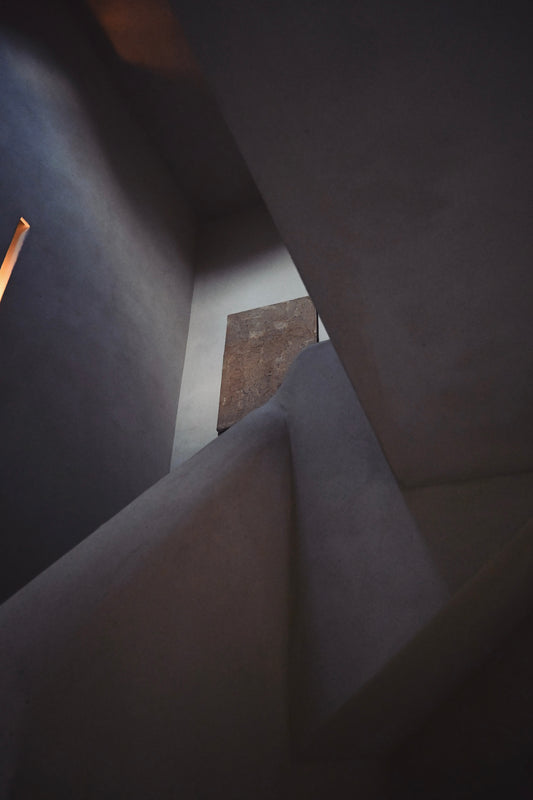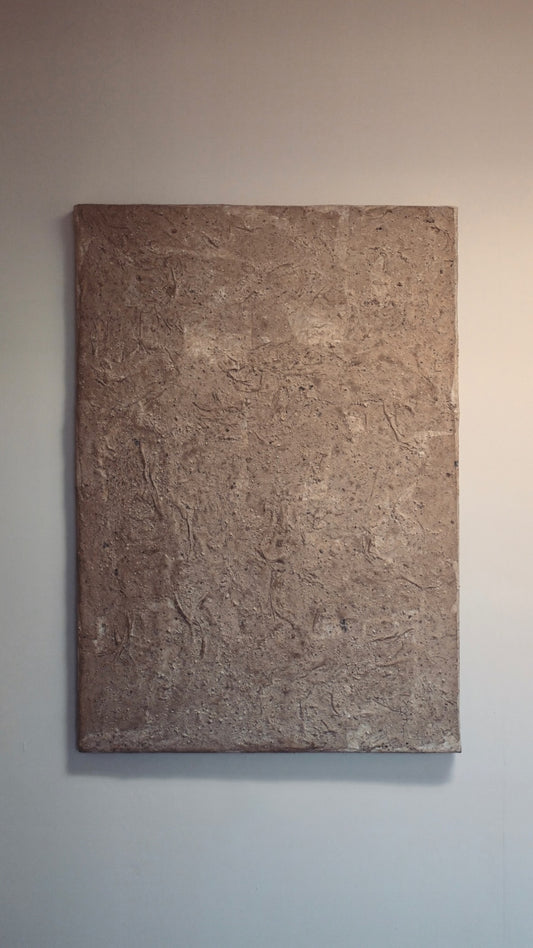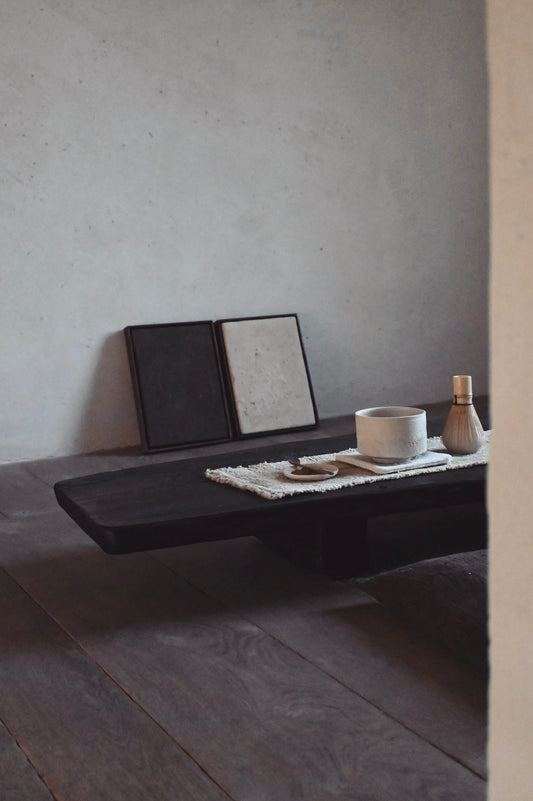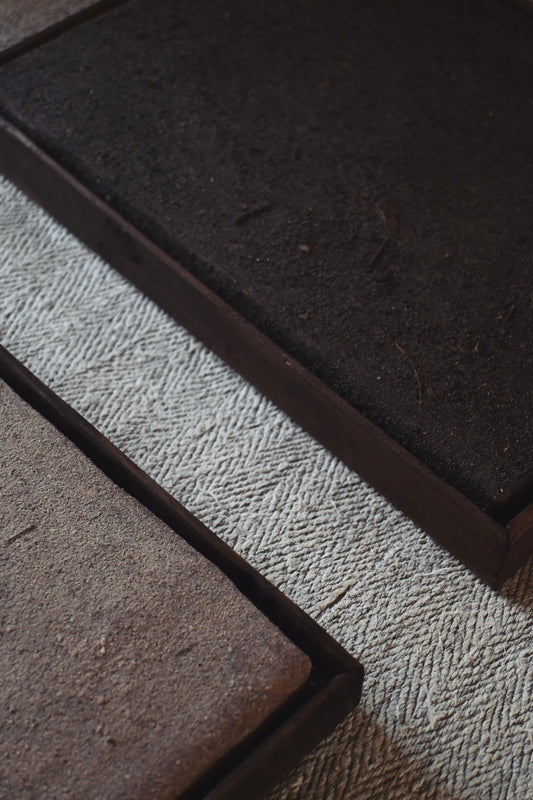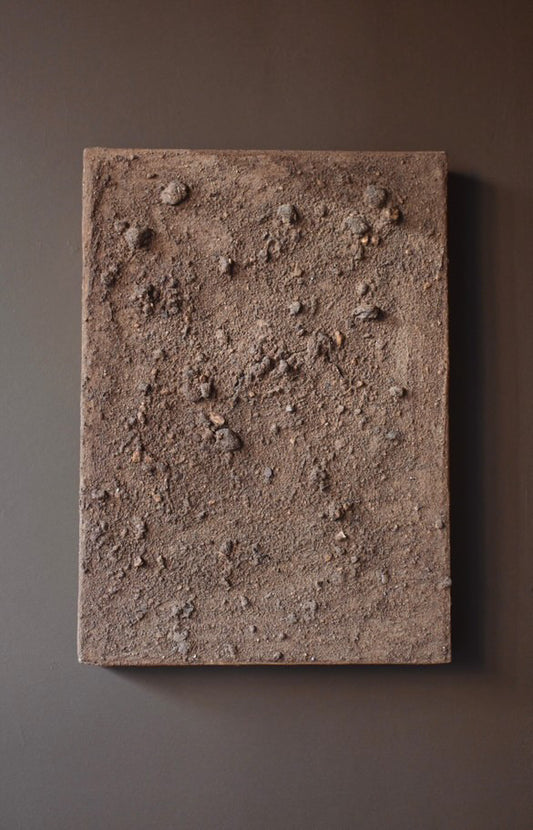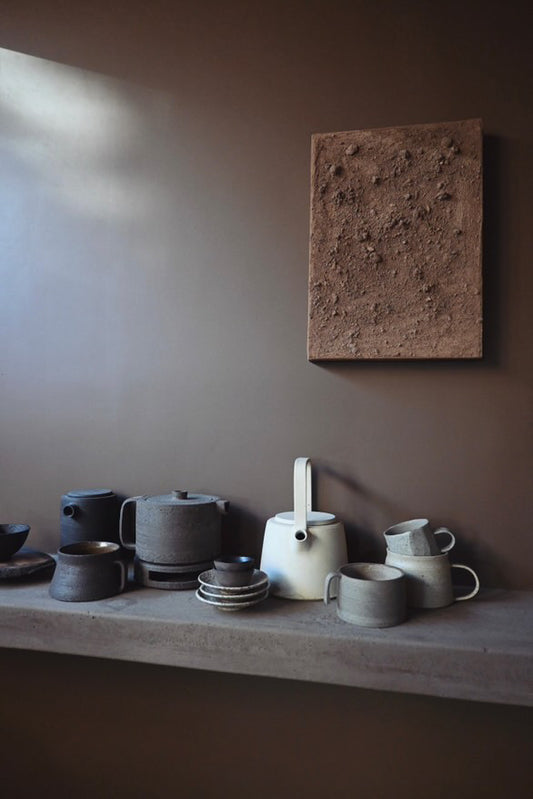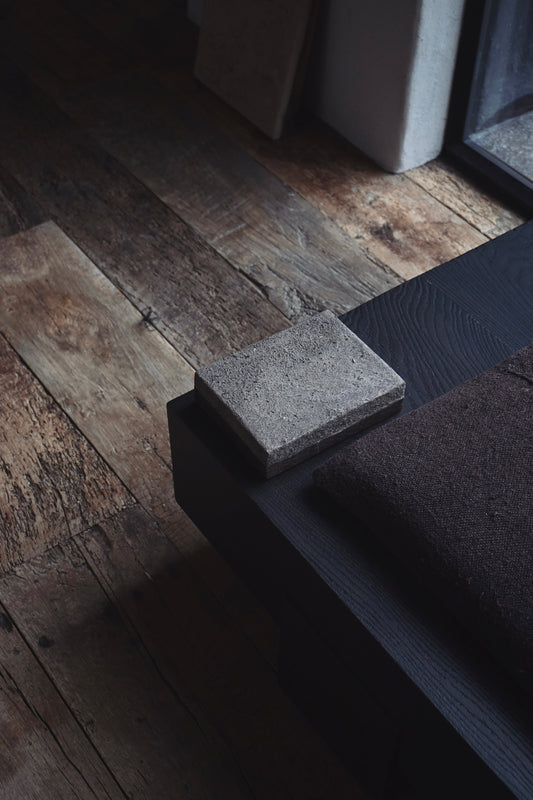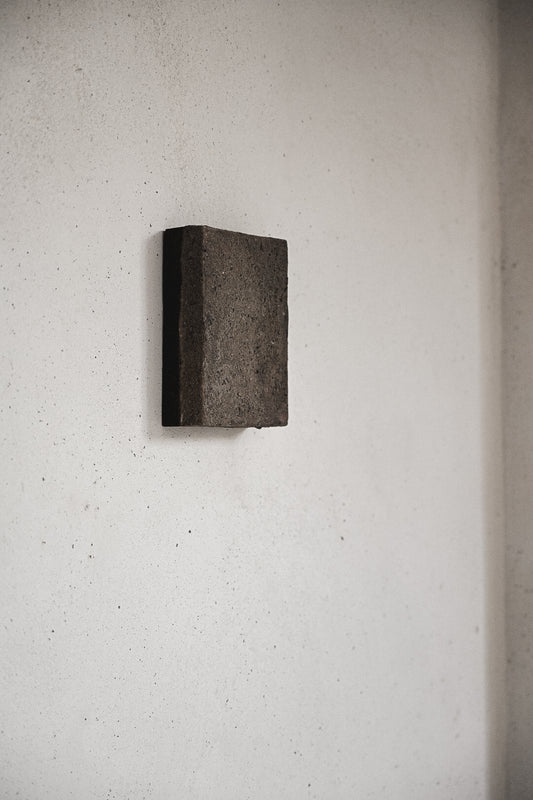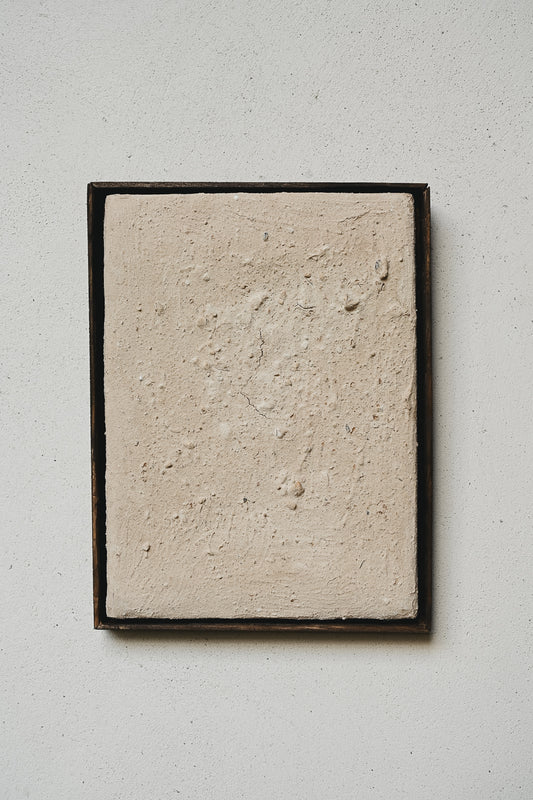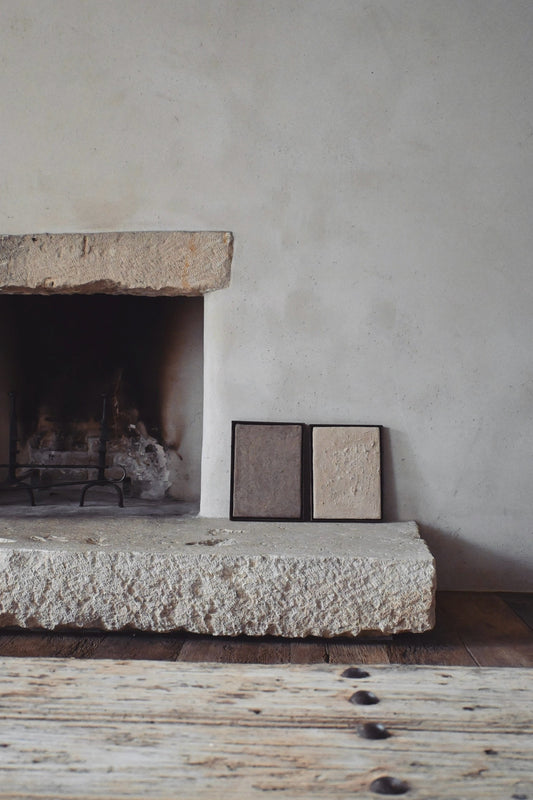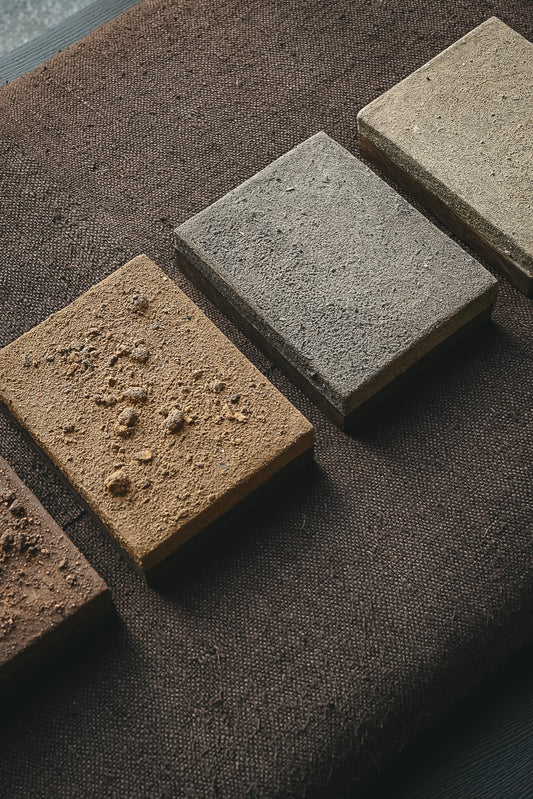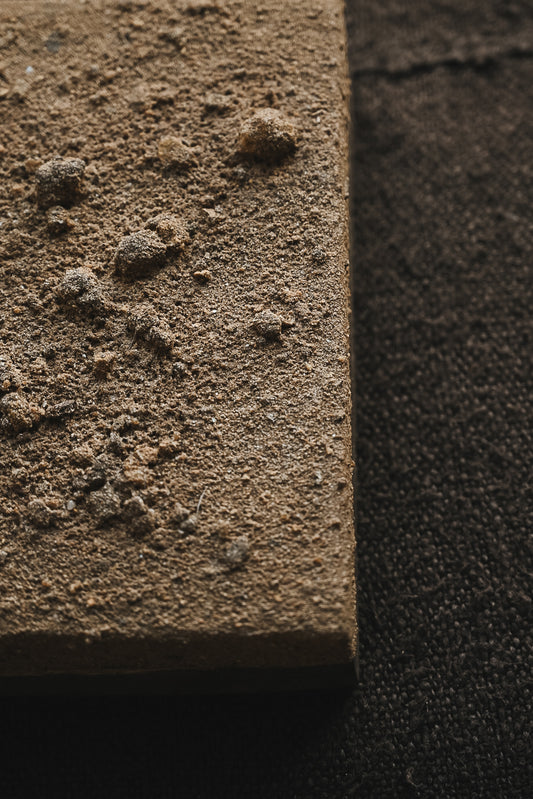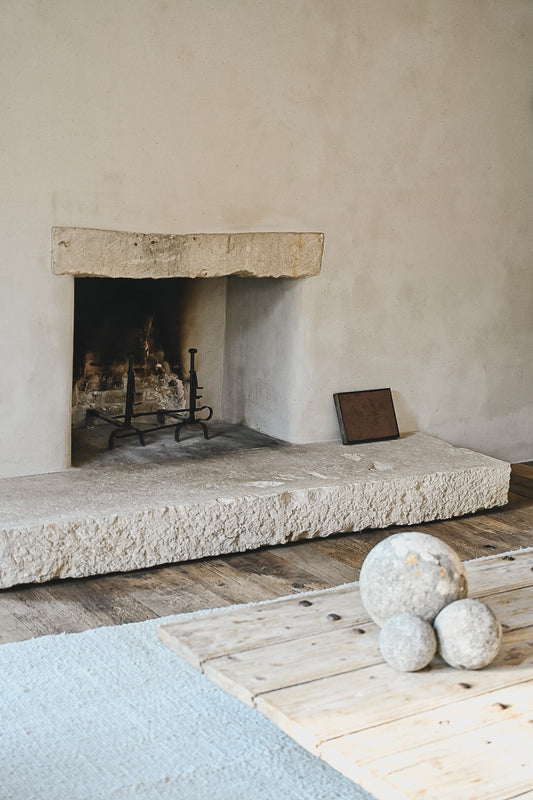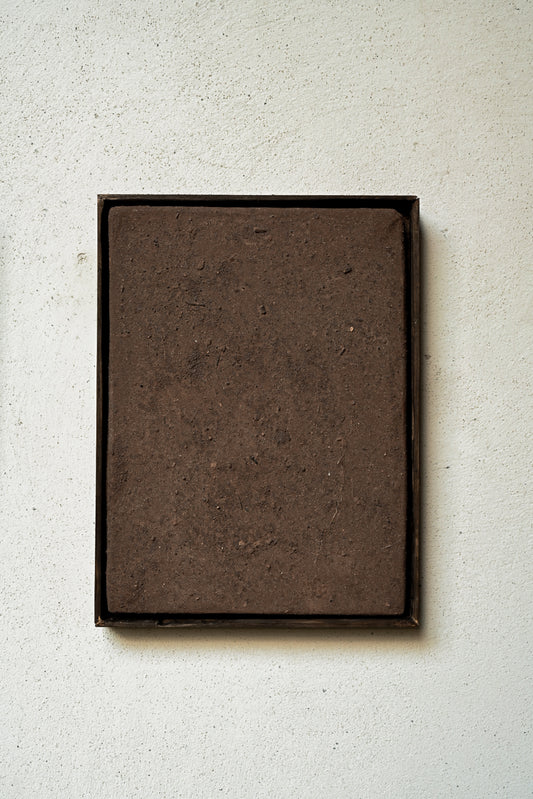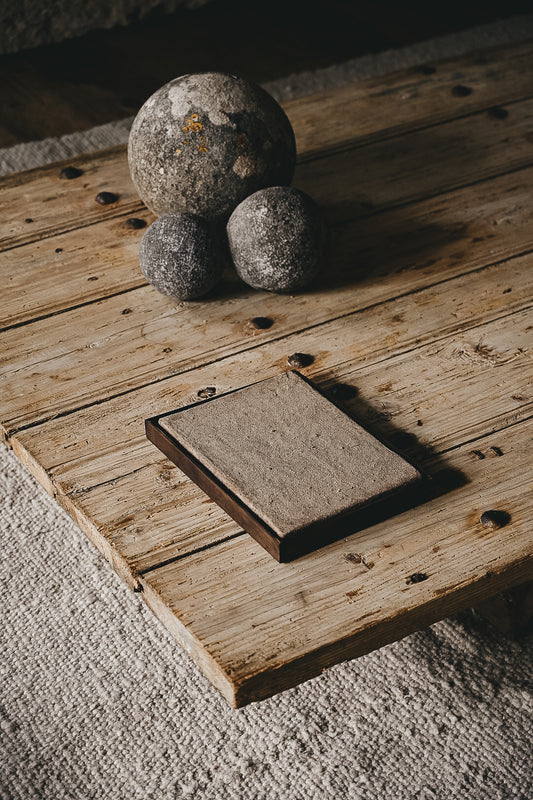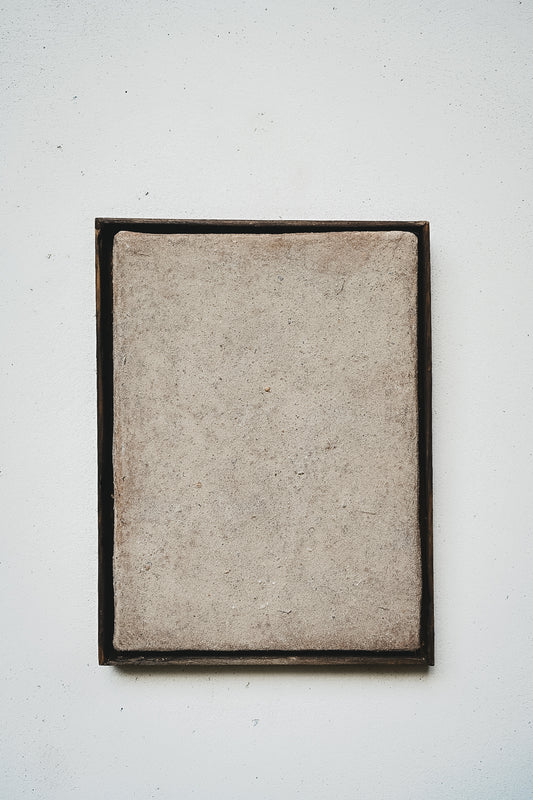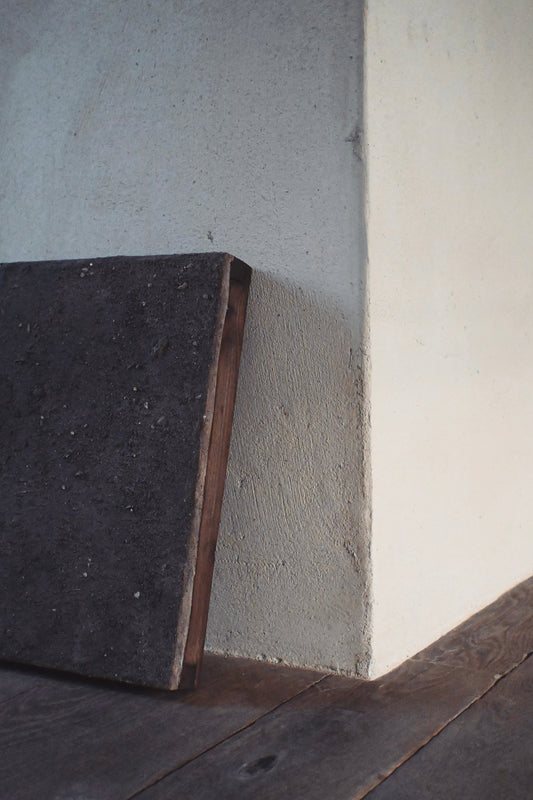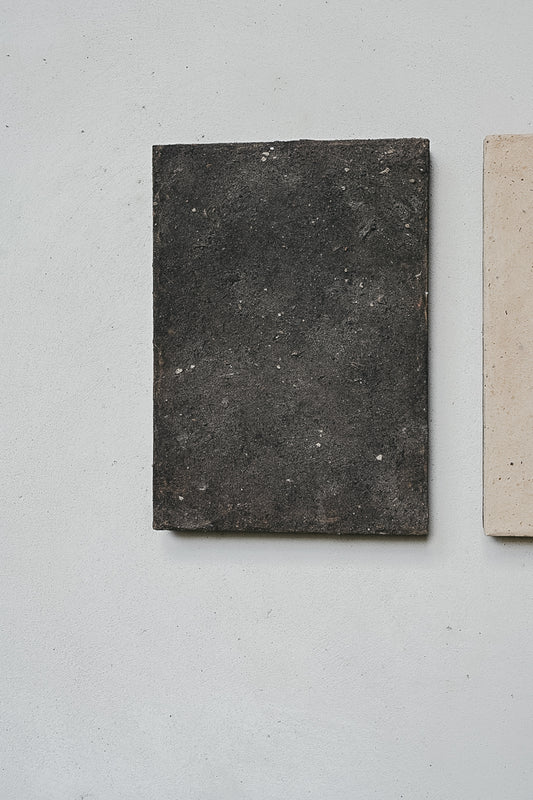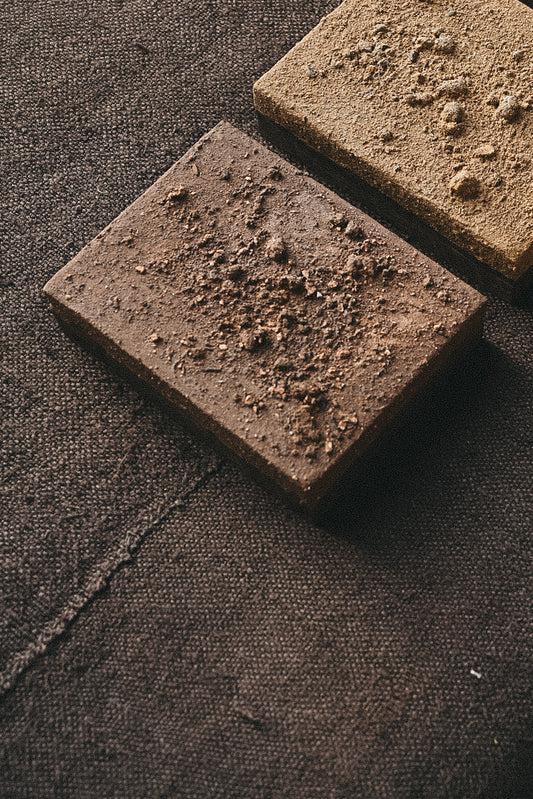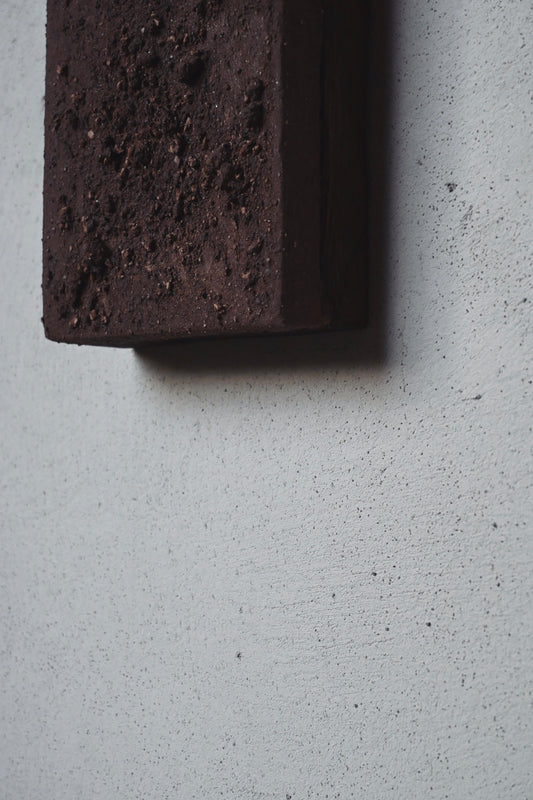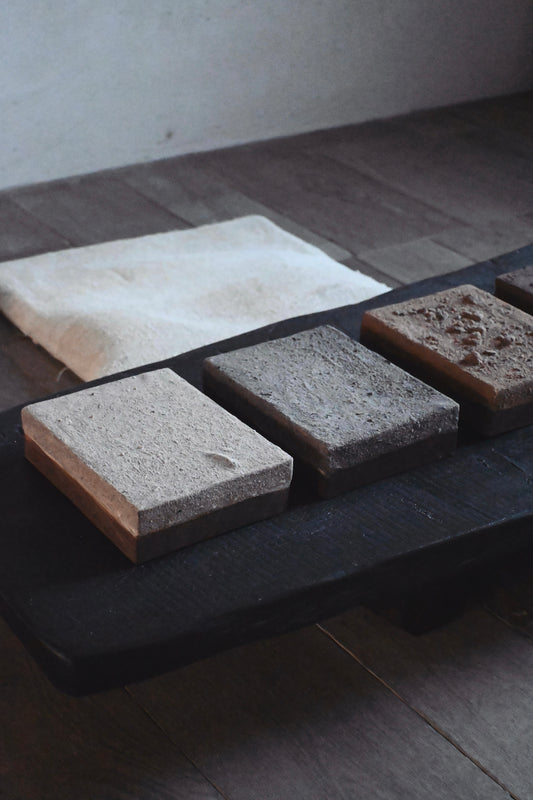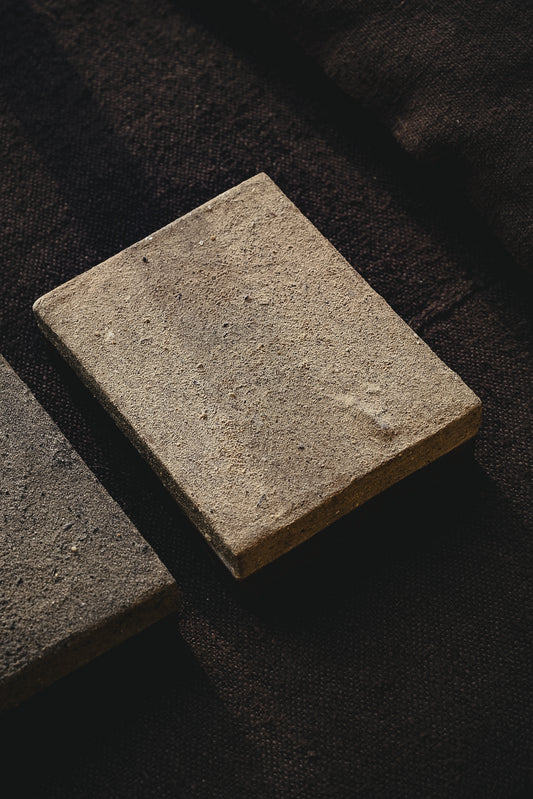An Interview with By.Arkt about Inviting Nature In. Our Philosophy behind Earth Painting.
Sometimes we reach a goal we’ve worked so hard for, only to realise it wasn’t the destination we truly longed for. That moment can feel disorienting, even empty (I always describe it as dropping a penny into a well and hearing no splash). But — it can also spark something new.
Seven years ago, I left the Netherlands and moved to a Victorian cottage in a forest just outside London. It was here, surrounded by nature, that I began to rebuild everything from the ground up. In an interview with Well Designed Egg by @by.arkt, I share how this move reshaped my life, how Earth Painting began, and why reconnecting with nature — both inner and outer — is at the heart of everything I create. You can read the interview here.

Photos by @by.arkt

